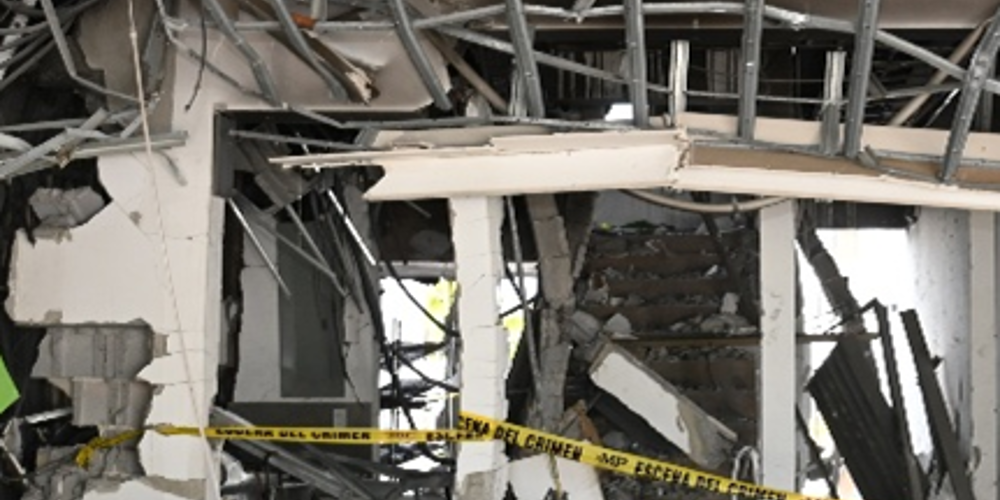On September 8, 2024, in a community in Guatemala, an explosion occurred inside a three-story multifamily residence. The incident resulted in the partial destruction of the structure, damage to neighboring properties, and the tragic loss of one life.
The explosion was triggered by an accumulation of liquefied petroleum gas (LPG) in the laundry area, a space without adequate ventilation where a dryer and the home’s electrical panel were located. The event raised questions about the origin and cause of the gas leak, as well as the safety of LPG installations within the residential development.
The company responsible for the construction of the homes requested that ESi perform a technical investigation to clarify the facts and mitigate risks in the future.
Our Approach
From the outset of the investigation, ESi’s team of experts applied a rigorous methodology based on detailed inspections, analysis of overpressure patterns, review of technical documents, and interviews with key witnesses.
Following the guidelines established by NFPA 921, an international standard for fire and explosion investigations, it was determined that the explosion originated in the home’s laundry room. There, a gas leak occurred which, due to the lack of ventilation, allowed the accumulation of an explosive mixture.
Subsequently, after the document review and interviews, a root cause analysis was conducted to evaluate the managerial elements that contributed to the event. This analysis incorporated components of the NFPA’s life and fire safety ecosystem and applied the Tripod causal analysis methodology.
In addition, to help prevent similar events, ESi experts reviewed the LPG system of other homes within the residential development to ensure that the installations were safe and in compliance with best practices for the use of this flammable material.
Services Utilized
Expertise Utilized

The Outcome
The findings revealed several factors that contributed to the incident. One of the most significant was the modification and manipulation of the gas system without proper technical analysis, which may have compromised system stability.
Furthermore, witness statements indicated that the dryer installation had been carried out directly by the homeowner, without the involvement of a certified technician, increasing the risk of a leak. The presence of the electrical panel in the same room also represented a possible ignition source that could have triggered the explosion.



